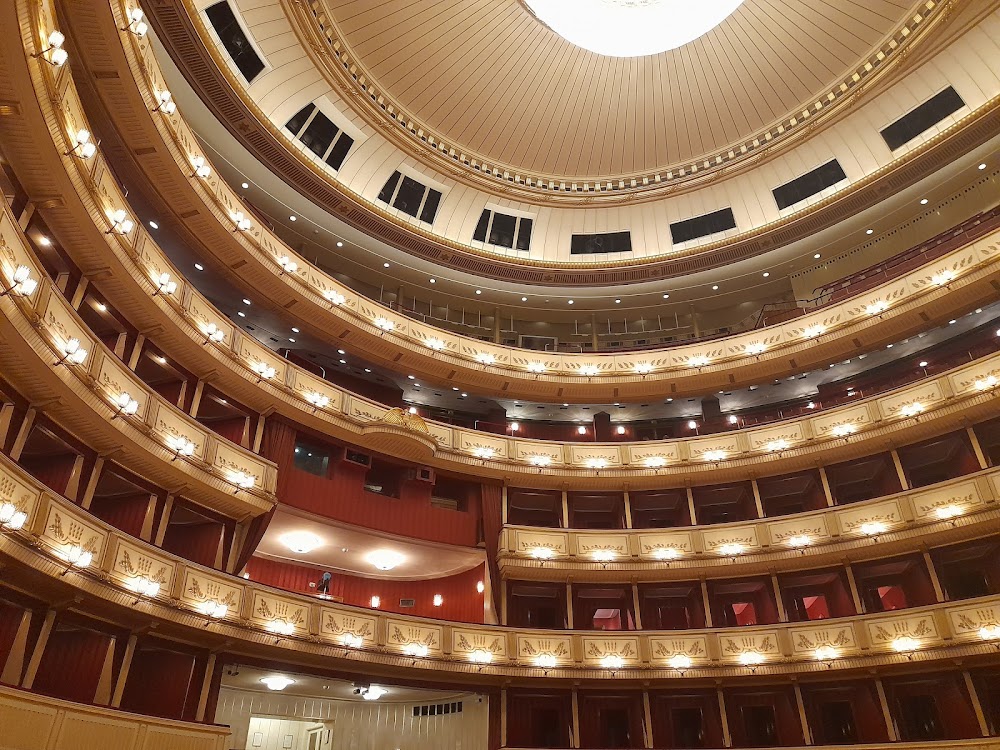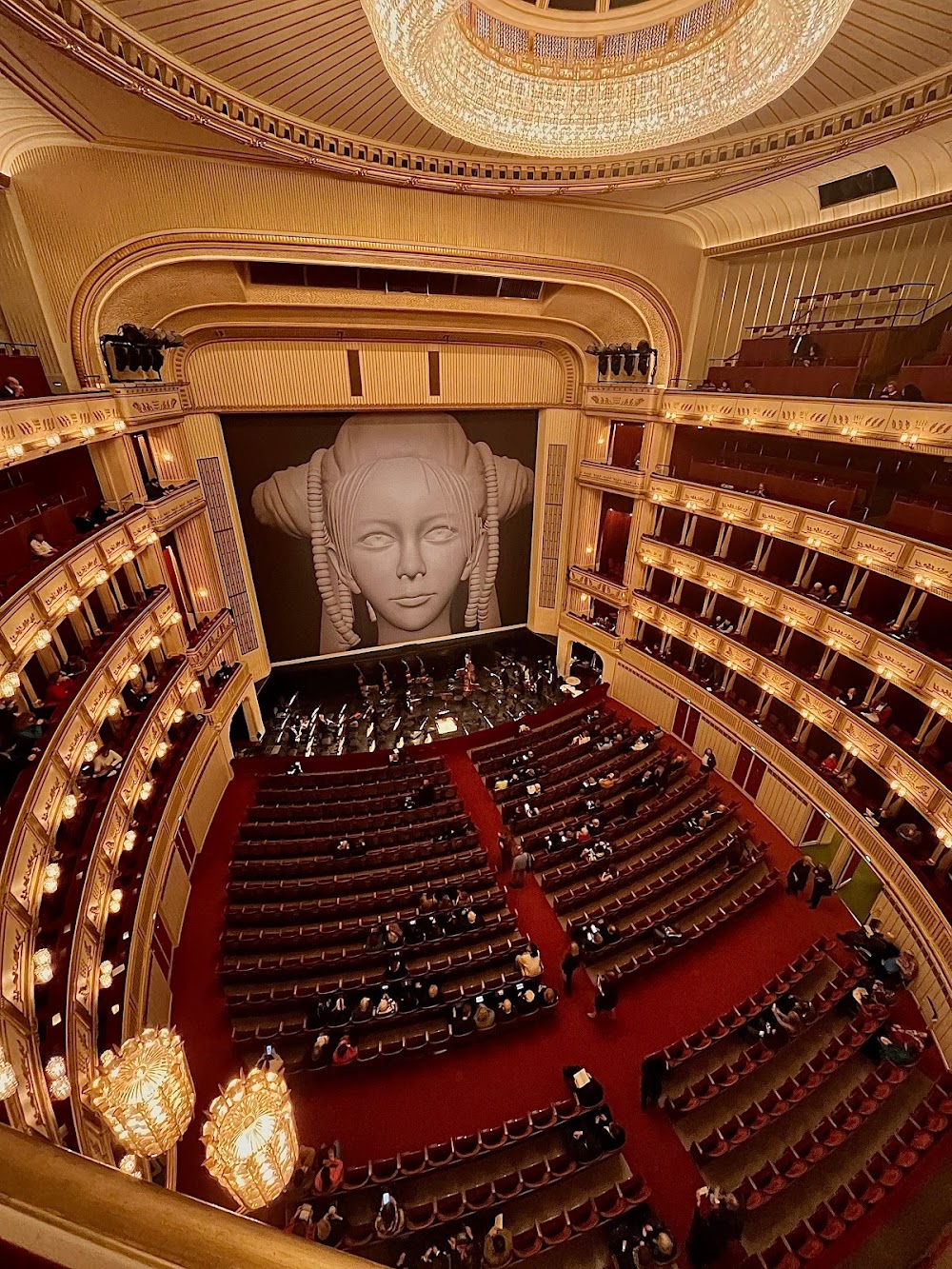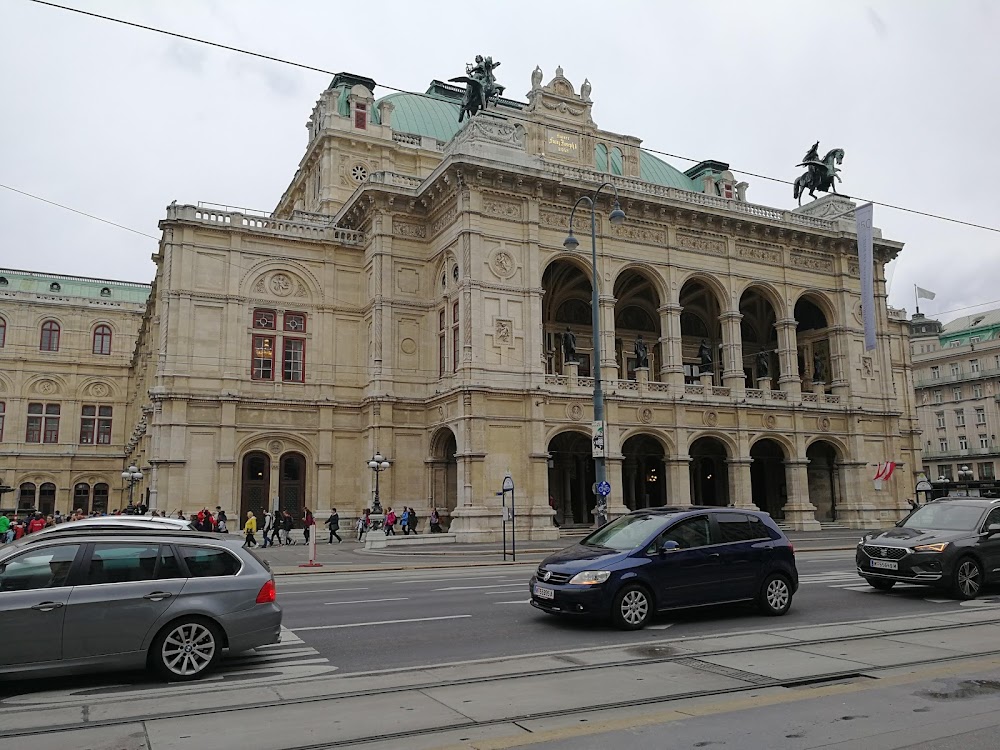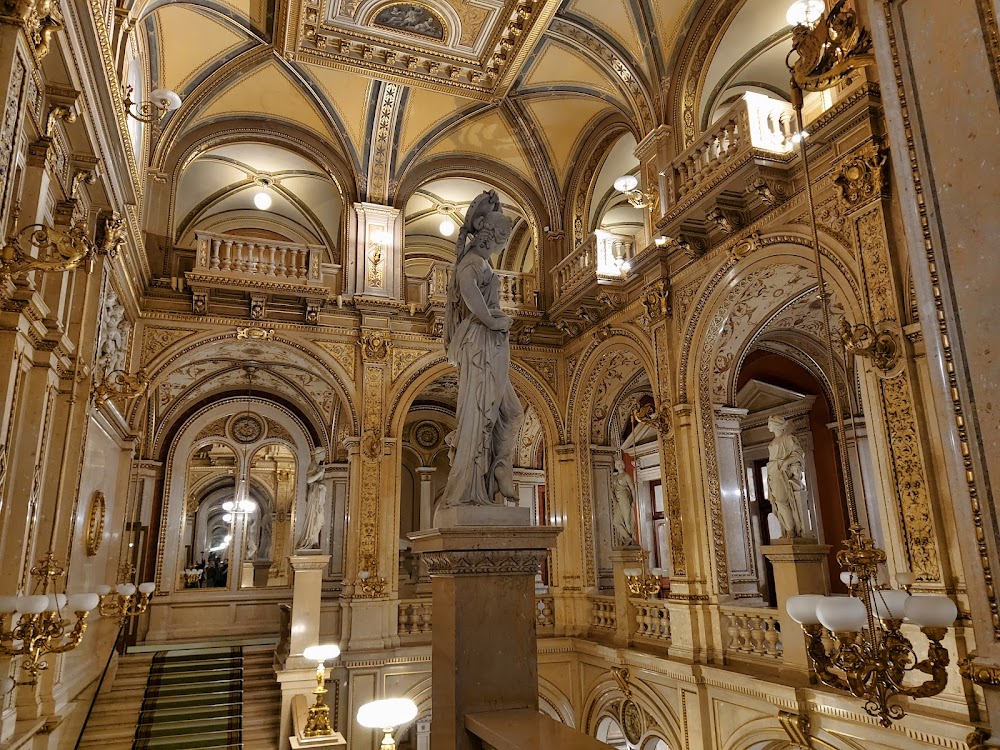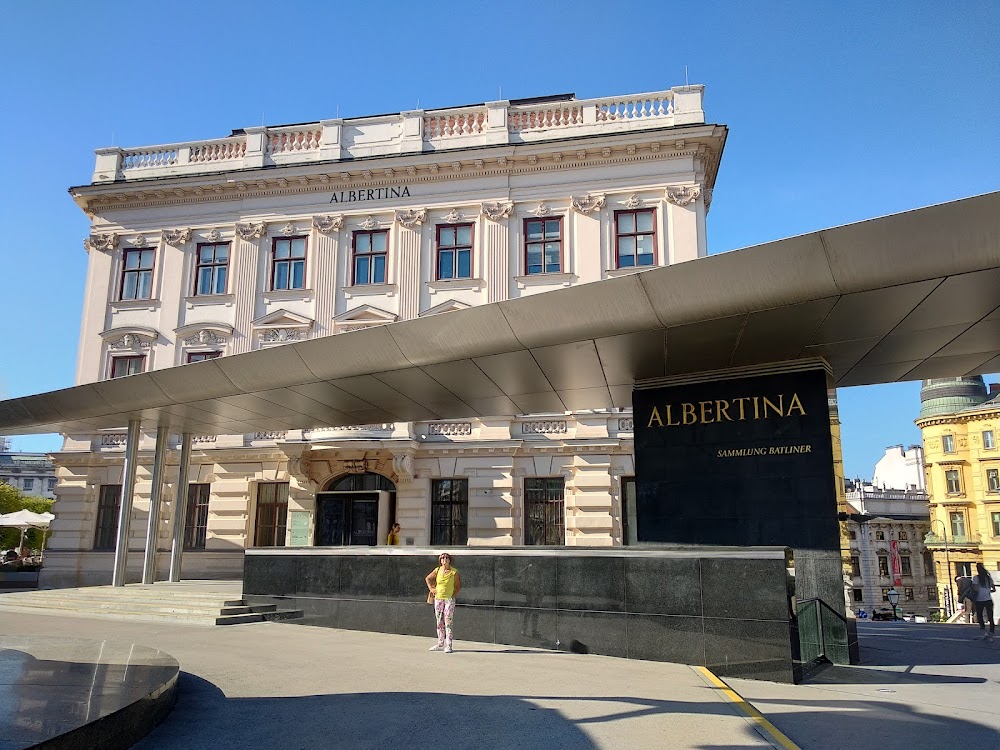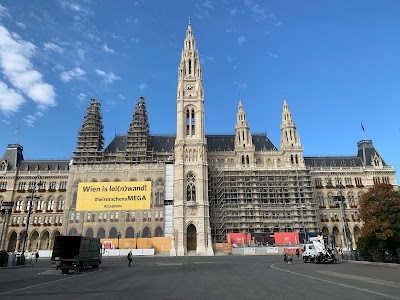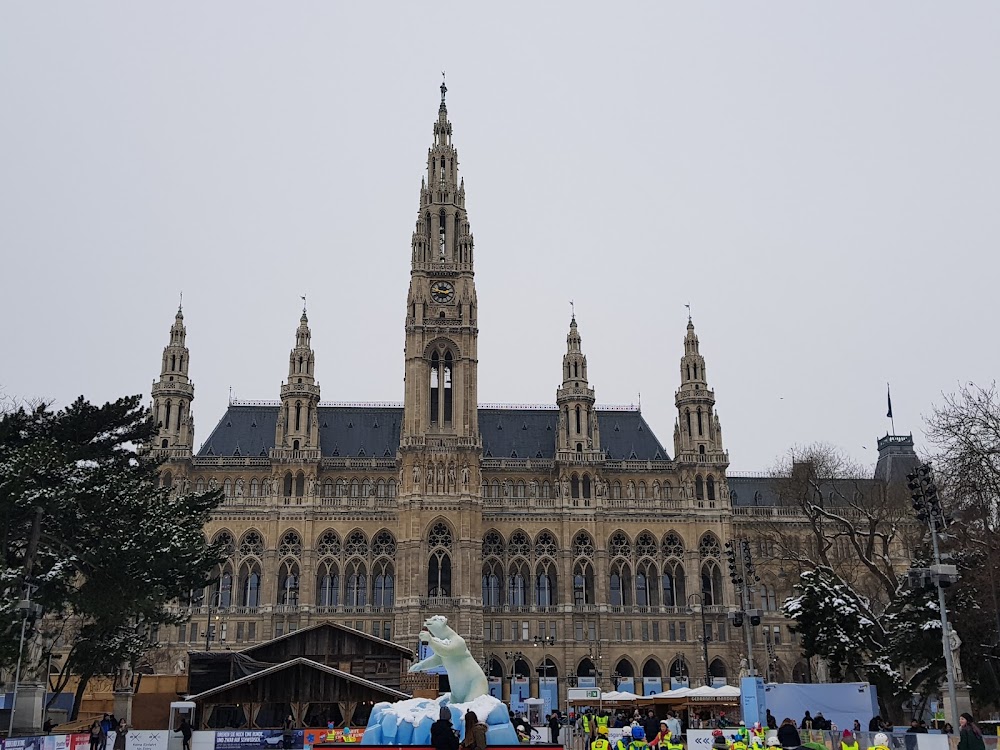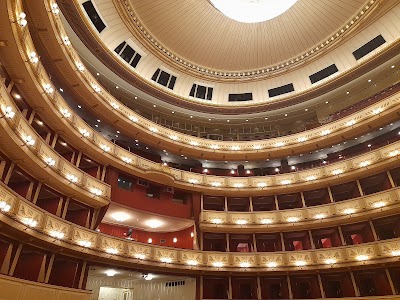Vienna State Opera (Wiener Staatsoper)
Related Places
Overview
The Vienna State Opera, located in the heart of Vienna, Austria, stands as one of the world's most esteemed opera houses. Its story began in the mid-19th century, a time when the popularity of opera soared in Vienna, creating a demand for a more grandiose venue to host performances.
Architects August Sicard von Sicardsburg and Eduard van der Nüll were commissioned to design the new building, drawing inspiration from the elegant Neo-Renaissance style, known for its grandeur and intricate ornamentation. Construction kicked off in 1861, lasting eight years, culminating in the opera house's completion in 1869.
Despite its architectural brilliance, the opera house faced criticism upon its unveiling. A significant concern was its location below the level of the Vienna Ring Road, giving it a somewhat sunken appearance that led to public discontent and scrutiny of the architects' vision.
Tragically, the project was marred by personal tragedy as well. Eduard van der Nüll took his own life, and August Sicard von Sicardsburg succumbed to tuberculosis before the opera house's grand opening, never witnessing the masterpiece they had created together.
The Vienna State Opera officially opened on May 25, 1869, with a stunning performance of Mozart's Don Giovanni. The evening was graced by the presence of Emperor Franz Joseph and Empress Elisabeth, marking the start of a long and illustrious relationship with Austrian royalty and high society.
The opera house endured significant hardships during World War II, suffering extensive damage from an air raid in March 1945. The auditorium and stage were nearly destroyed, although the front section, including the grand foyer and staircase, remained intact. The extensive rebuilding effort took over a decade, reflecting a commitment to restoring the opera house's former glory.
After the war, a dedicated campaign was launched to restore the Vienna State Opera, aiming to preserve its original designs while integrating modern amenities. The grand reopening took place on November 5, 1955, featuring Beethoven's Fidelio, a symbol of resilience and cultural renewal in post-war Austria.
Throughout its rich history, the opera house has embraced modernization, incorporating cutting-edge theatrical technology while preserving its classical aesthetics. Visitors are greeted by the grand staircase, adorned with exquisite statues and paintings, creating a breathtaking entrance. The auditorium boasts 1,709 seats, enveloped in lavish red and gold décor, exuding an atmosphere of opulence.
Today, the Vienna State Opera serves as the home of the acclaimed Vienna Philharmonic Orchestra and hosts approximately 350 performances each year, ranging from opera to ballet. Renowned for its exceptional acoustics and artistic excellence, it attracts top talent from around the globe, including celebrated conductors, singers, and dancers.
As a cultural cornerstone of Vienna, the opera house embodies the city's rich history and enduring dedication to the arts. Its impressive architecture, storied past, and ongoing contributions to the world of opera continue to inspire and captivate audiences from every corner of the globe.


